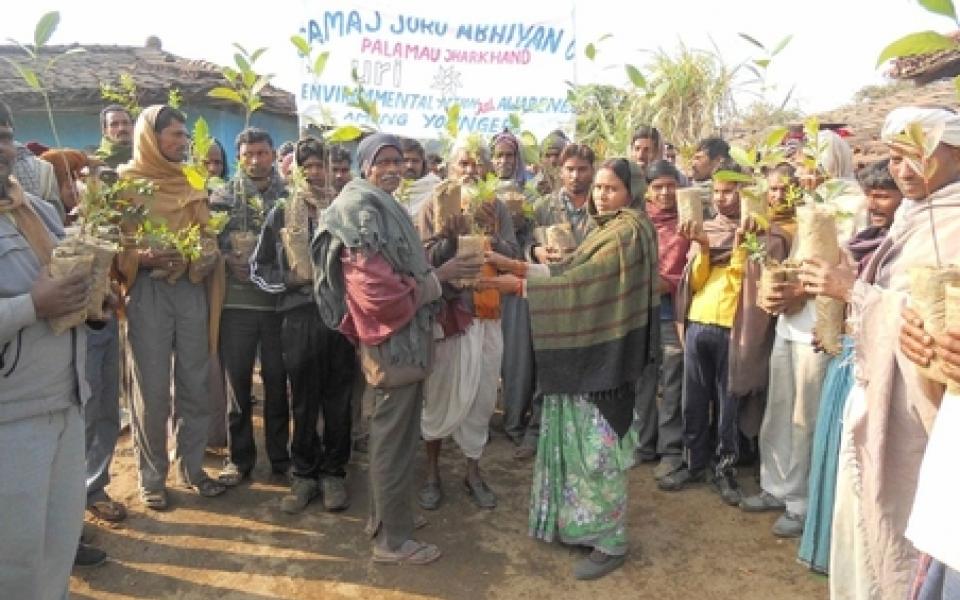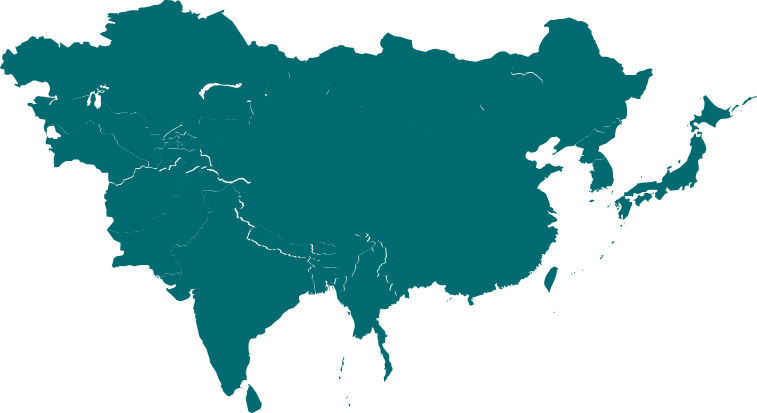
Dear Friends,
Greetings of love and peace from India. Attached are some pictures of our latest environmental project. This year two of our CCs got the Environmental Seed Grants and a bigger impact come to an area that needed attention.
Many of you know of the state of Jharkhand – an area rich in minerals which recently became an independent state. Its population has a very high percentage of tribal peoples, and even the state ministry is run by the tribal leaders. They have allowed the maximum number of extracting and mining companies to operate within the state, which has resulted in environmental degradation and put the tribal community under a tremendous threat to their survival.
"Water, land and jungle" -- the sacred land of tribal livelihood – have become the targets of the extracting companies. Rivers have become polluted, the area has experienced major deforestation and the land has become dusty and black from all the coal dust and dynamite explosions. In this situation, many institutions, organizations raising their voices, and the government have come under pressure to ban and blacklist those companies that have ruined the local culture and life.
Samal Joro Abhiyan, a movement whose name means “Bridge the Communities,” is a URI CC composed of local tribal leaders whose work focuses on saving nature – and in particular, reaching those places that need them most.
With the Seed Grant, the members of Samal Joro Abhiyan have been able to launch a major tree-planting campaign that has helped create awareness among the school children participating. They have planted mango, guava, jackfruit, pomegranate, berry and other fruit trees – providing local residents with a source of fruit -- in addition to various other indigenous plants that tribal communities depend upon for their livelihoods.
Ten schoolchildren in four villages were engaged in this process for three months. Each Panchayat, or village council, conducted a group of meetings to plan how residents could protect the plants and help them to grow well.
You can see in the picture above those wall writings and other banners which shows how URI has reached to the deepest roots of these tribal communities. It has become a true bridge over cultural and religious differences.
I thank URI for bringing change to the poorest of poor communities, a change that is very strongly visible.
Biswadeb Chakraborty
Coordinator, East Zone India
